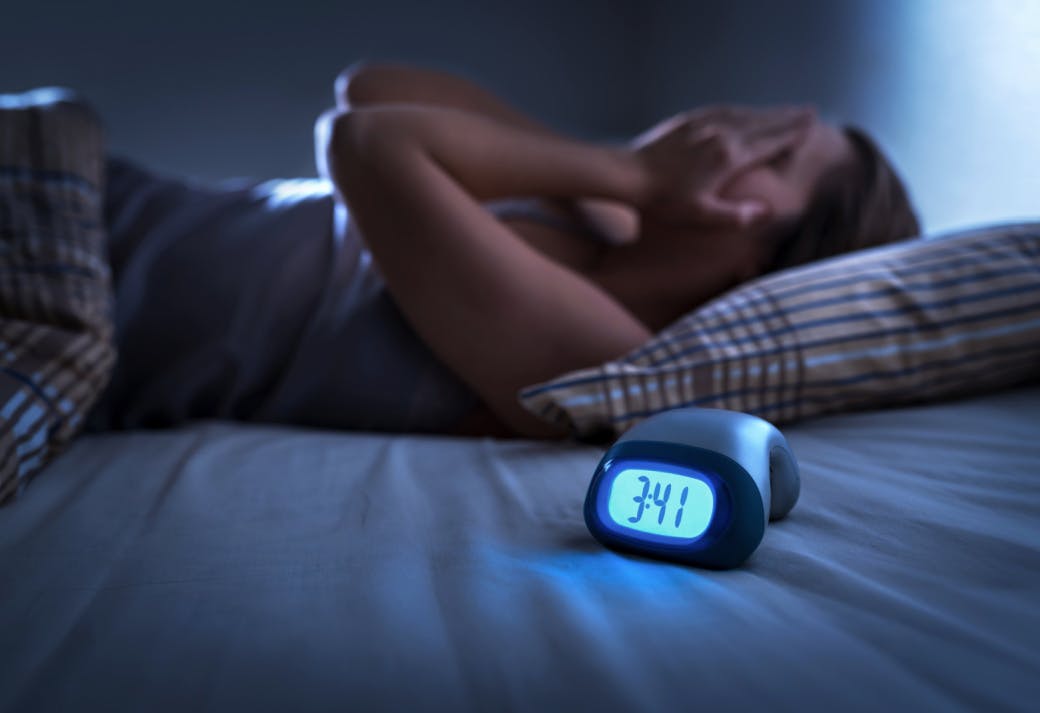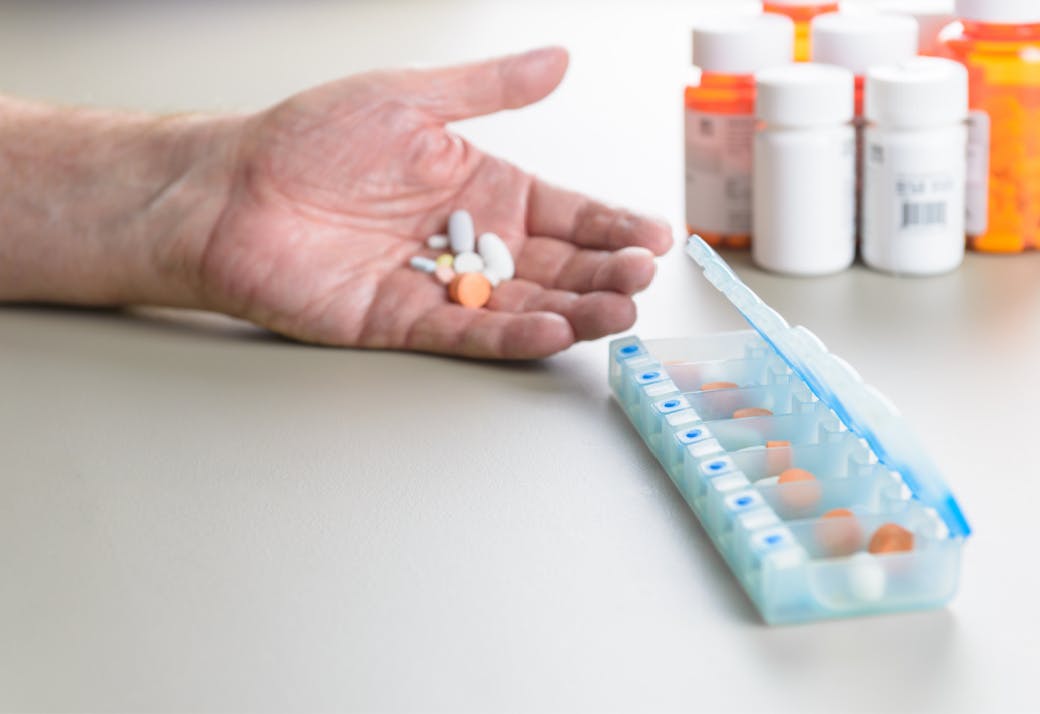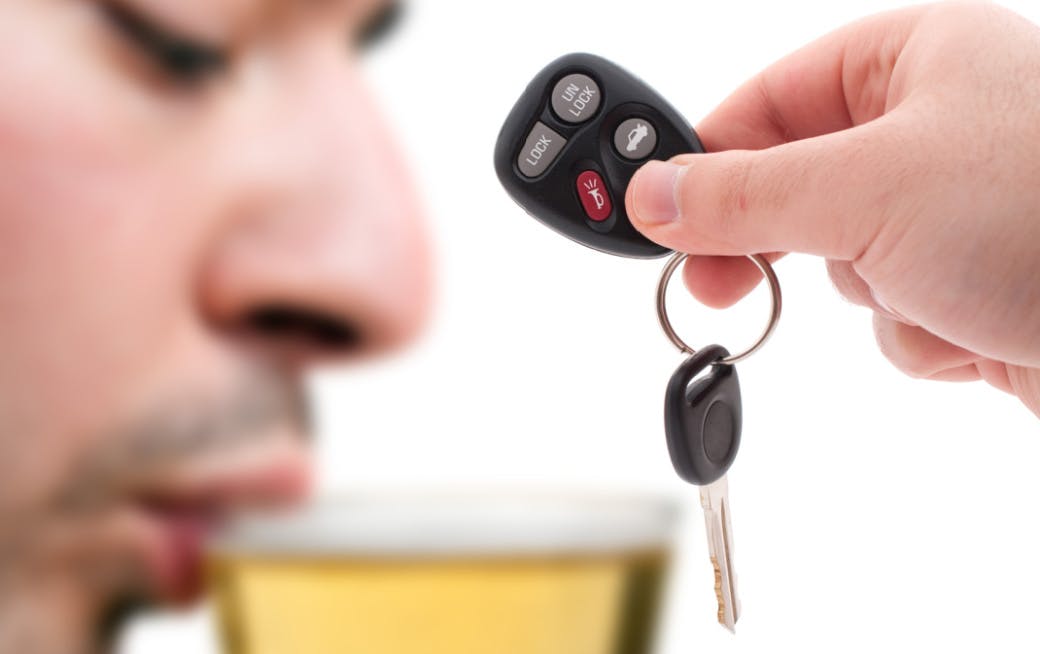The Dangers of Drowsy Driving

By now, virtually everyone is aware of the dangers of drunk driving. Most of us are familiar with distracted driving, as well. But there’s another threat that doesn’t get nearly as much attention: drowsy driving.
Drowsy driving is a factor in thousands of auto accidents every year, many of which lead to severe injuries. Worst of all, you could be putting yourself and others at risk through drowsy driving without even realizing it.
Here’s what you need to know about drowsy driving—and how you can stay safe on the road.
Why Drowsy Driving Is So Dangerous

Falling asleep behind the wheel can have devastating consequences. But even without falling asleep, driving while tired is dangerous business. Drowsiness can lead to:
- Poor focus
- Blurred vision
- Slower reaction times
- Impaired judgment
- Reduced coordination
If you think that sounds a lot like being drunk, you’re not far off. Being overly tired often produces similar effects to intoxication. Drivers who’ve been awake for 20 hours generally exhibit the same symptoms as those with a blood alcohol level of 0.08%—the legal limit to drive in most states.
So how many accidents does drowsy driving cause? Well, it’s difficult to know the exact numbers. State reporting practices are inconsistent, and police training rarely involves identifying drowsiness as a factor in accidents.
According to the National Highway Traffic Safety Administration (NHTSA), about 100,000 police-reported crashes are caused primarily by drowsy driving every year, with 71,000 of those resulting in injuries. However, the actual numbers may be much higher. The AAA Foundation for Traffic Safety estimates that the number of accidents caused by drowsy driving is 328,000 per year—more than three times the police reports.
Regardless, everyone can agree that many thousands of accidents—and resulting injuries—involve drowsy drivers.
What Causes Drowsy Driving

Lack of Sleep
Sleep deprivation is the leading cause of drowsy driving. According to another study by the AAA Foundation for Traffic Safety, drivers who only get six to seven hours of sleep per night are twice as likely to be involved in a crash as those who sleep for eight or more hours. And when a driver only has five hours of sleep, the risk increases by as much as five times.
So to avoid undue danger on the road, do your best to get at least eight hours of sleep a night. This is especially important in the lead-up to a long road trip.
Keep an eye on your teen driver, as well. Many teens don’t get nearly enough rest at a time in their lives when sufficient sleep is more critical than ever. Sleepy teens face extra dangers when they head out on the road
Length of the Drive

Driving can be tiring, especially when traveling long distances. When planning a road trip, try to limit the hours you’re on the road at one time. If necessary, break the journey up into multiple smaller legs instead of trying to power through extended periods of driving.
Another possible solution is to share driving duties with someone else. By taking turns behind the wheel, you can help keep any one person from becoming too tired.
Alcohol
Of course, drinking and driving is always a bad idea. But even if you stay below the legal limit, drinking alcohol can still provoke drowsiness. For many, it may be wise to avoid even small amounts of alcohol before driving.
Medication

Numerous medications can make you drowsy, including:
- Prescription drugs
- Over-the-counter medications
- Dietary supplements
In some cases, medications taken at night can still cause lingering grogginess in the morning.
Always check the possible side effects of any medication you take to see if drowsiness is on the list. If it is, exercise caution before operating any vehicles.
Time of Day

The two most common times for drowsy driving accidents are the late afternoon and between midnight and 6 a.m. These are the times when people tend to experience a dip in their circadian rhythm, the human body’s “biological clock.”
Staying off the road during these times could reduce the risks of an accident. However, if you must drive, watch out for drowsy drivers, and be vigilant for any signs of drowsiness in yourself. These signs may include:
- Frequent yawning or blinking
- Burning eyes
- Difficulty focusing
- Not being able to remember the last few miles driven
- Drifting from your lane
- Hitting a rumble strip on the side of the road
- Having trouble maintaining a consistent speed
- Nodding off or having trouble keeping your head up
If you experience these symptoms, try to get off the road and get some rest as quickly as possible.
Has a Drowsy Driver Injured You?
By following these tips, you should be able to help prevent driving drowsy. But no matter how careful you are, you can’t control someone else’s decisions.
If you are injured in an auto accident involving a drowsy driver, you may have a legal case. Minnesota law lets injury victims get the compensation they need by filing a personal injury lawsuit.
How about some help?
At SiebenCarey, our team has managed thousands of auto accident claims. Just contact us, and we’ll get right to work investigating your injury and building your case.










